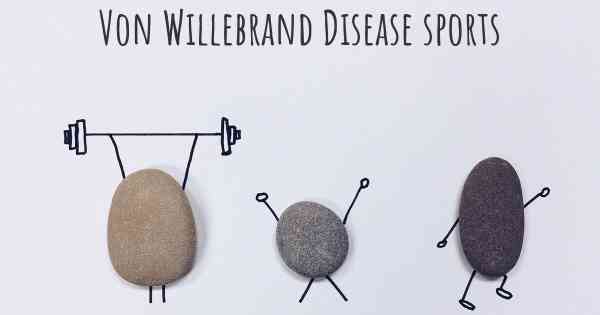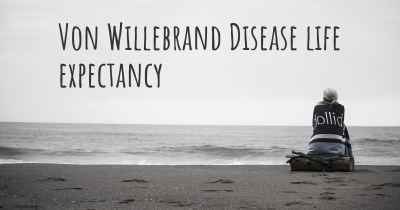Is it advisable to do exercise when affected by Von Willebrand Disease? Which activities would you suggest and how intense should they be?
See if it is advisable for people with Von Willebrand Disease to practice sports and which ones are the most recommended if you have Von Willebrand Disease

Exercise and Von Willebrand Disease: Recommendations and Intensity
Von Willebrand Disease (VWD) is a genetic bleeding disorder that affects the blood's ability to clot properly. It is caused by a deficiency or dysfunction of von Willebrand factor, a protein involved in clotting. People with VWD may experience excessive bleeding, easy bruising, and prolonged bleeding after injuries or surgeries. Given these considerations, it is important for individuals with VWD to approach exercise with caution and follow certain guidelines to ensure their safety and well-being.
Benefits of Exercise for Individuals with VWD
Engaging in regular exercise can provide numerous benefits for individuals with VWD. It can help improve cardiovascular fitness, strengthen muscles, enhance joint stability, and promote overall well-being. Additionally, exercise can help maintain a healthy body weight, which is important for reducing stress on joints and preventing complications associated with obesity.
Recommended Activities
When it comes to choosing suitable activities for individuals with VWD, it is crucial to focus on low-impact exercises that minimize the risk of injury and excessive bleeding. Here are some recommended activities:
- Walking: Walking is a low-impact exercise that can be easily incorporated into daily routines. It helps improve cardiovascular health and does not put excessive stress on joints.
- Swimming: Swimming is an excellent choice for individuals with VWD as it is a non-weight bearing exercise that provides a full-body workout. The buoyancy of water reduces stress on joints and minimizes the risk of injury.
- Cycling: Cycling, whether outdoors or on a stationary bike, is a low-impact activity that helps improve cardiovascular fitness and strengthens leg muscles. It allows individuals to control the intensity based on their comfort level.
- Yoga: Yoga focuses on flexibility, balance, and relaxation. It can help improve joint stability, enhance body awareness, and reduce stress. However, individuals with VWD should avoid poses that put excessive strain on joints or involve high-risk movements.
- Pilates: Pilates is a low-impact exercise that focuses on core strength, flexibility, and body control. It can be adapted to suit individual needs and limitations, making it a suitable option for individuals with VWD.
Exercise Intensity
The intensity of exercise for individuals with VWD should be carefully managed to prevent excessive bleeding or injury. It is recommended to start with low to moderate intensity activities and gradually increase the duration and intensity over time. It is important to listen to your body and avoid pushing beyond your limits.
Consulting with a healthcare professional, such as a hematologist or a physical therapist, is highly recommended before starting or modifying an exercise routine. They can provide personalized advice based on the severity of VWD, individual fitness level, and any other underlying health conditions.
Precautions and Safety Measures
While exercise is generally beneficial for individuals with VWD, it is essential to take certain precautions to ensure safety:
- Joint Protection: Individuals with VWD should pay attention to joint protection techniques to minimize the risk of injury. This includes using proper form during exercises, avoiding high-impact activities, and wearing appropriate protective gear if necessary.
- Warm-up and Cool-down: Prior to exercise, it is important to warm up with gentle movements to increase blood flow and prepare the body for activity. Similarly, cooling down with stretching exercises can help prevent muscle soreness and promote flexibility.
- Monitoring Bleeding: Individuals with VWD should be vigilant in monitoring any signs of excessive bleeding during or after exercise. If bleeding does occur, it is important to apply appropriate first aid measures and seek medical attention if necessary.
- Hydration: Staying hydrated is crucial for individuals with VWD as dehydration can contribute to increased bleeding tendencies. It is important to drink plenty of fluids before, during, and after exercise.
Conclusion
Exercise can be a valuable part of a healthy lifestyle for individuals with Von Willebrand Disease. By choosing appropriate activities, managing exercise intensity, and taking necessary precautions, individuals with VWD can enjoy the benefits of physical activity while minimizing the risk of bleeding or injury. Remember to consult with a healthcare professional to develop an individualized exercise plan that suits your specific needs and limitations.
Posted Mar 20, 2017 by Bret 1150








